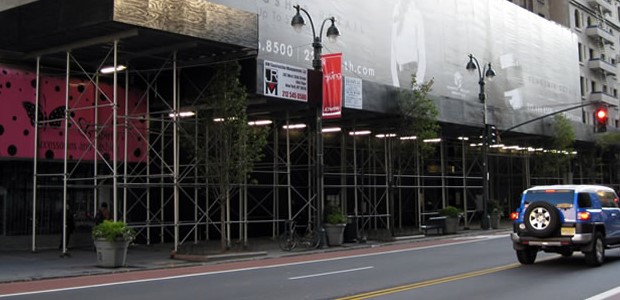
NYC Buildings Department Getting Industry Ready for Chapter 33
Part of the city's 2014 construction codes, this chapter incorporates an occupant protection plan for office buildings that is similar to the existing tenant protection plan requirements for dwelling units.
Dec. 31, 2014, is the new effective date for New York City's 2014 construction codes, and the city's Buildings Department has increased its training sessions to explain the new provisions in Chapter 33 to construction industry stakeholders. Chapter 33 covers safety measures during construction or demolition operations. Buildings Commissioner Rick Chandler, P.E., launched the first of four more training sessions Sept. 9 for the construction industry and to raise awareness among the public.
Chapter 33 incorporates an occupant protection plan for office buildings that is similar to the existing tenant protection plan requirements for dwelling units, according to the department's news release announcing the sessions. There are enhanced fire safety provisions to ensure that deep excavation sites incorporate standpipes and hoists for use during an emergency, and Chapter 33 requires that sidewalk sheds have a daily inspection by either construction site contractors or building owners.
"The 2014 NYC Construction Codes were designed to protect New York City, and Chapter 33 will do this while allowing compliant development to move forward," Chandler said. "These code provisions will allow New York to build more homes, schools, and offices for our families and businesses to grow while ensuring the safety of neighboring properties, pedestrians, and construction sites."
The department conducted training on it earlier this year at its annual Build Safe, Live Safe conference and made presentations to the American Council of Engineering Companies and the American Institute of Architects.